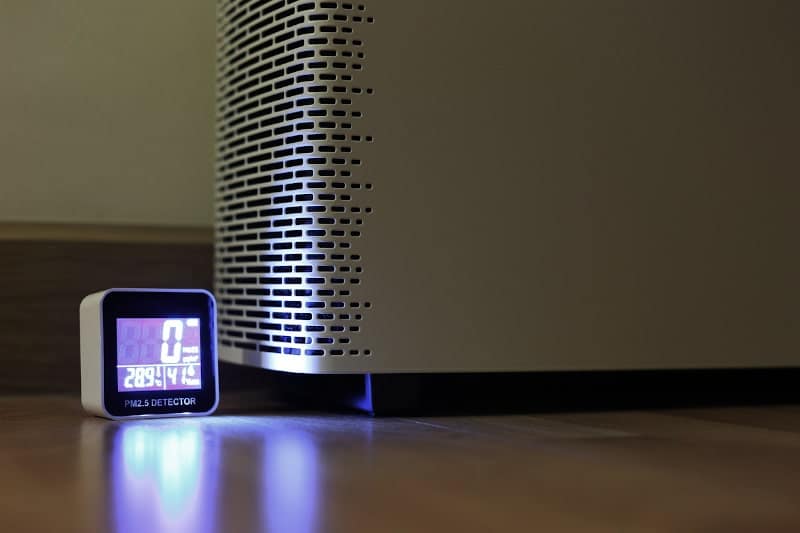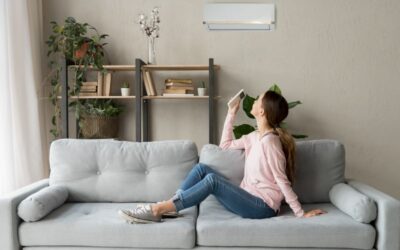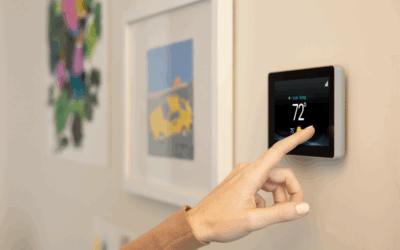Indoor air quality (IAQ) significantly impacts our health and well-being. With the majority of our time spent indoors, it’s crucial to understand the potential hazards that may threaten IAQ. Poor air quality can lead to many health problems, and the following things are the seven biggest threats to IAQ in Freeport, FL.
1. Nitrogen Dioxide
Nitrogen dioxide is a harmful gas produced by combustion, including gas stoves, heaters and automobiles. This gas can irritate the eyes, nose and throat, worsening respiratory problems like asthma.
You can reduce nitrogen dioxide in your home by ensuring that the flue is completely open when you are using your fireplace. Unfortunately, air filters cannot eliminate gases, so you might want to ensure you have good ventilation in your home.
2. Lead Particles
Lead particles are tiny particles of lead that can become airborne and enter our lungs, causing lead poisoning. Lead particles are in household items like old paint and water pipes.
Exposure to lead can cause developmental delays in children. It can also lead to brain damage, high blood pressure and kidney problems. If you think your home has lead, hire an expert to inspect it and then comply with their recommendations.
3. Radon
Radon is a radioactive gas that can seep into homes through cracks in the foundation or walls. Long-term radon exposure can lead to lung cancer, especially in smoking individuals.
To reduce the risk of radon exposure, consider purchasing a radon detector. Also, adhere to the radon level standards set forth by the experts.
4. Carbon Monoxide
Carbon monoxide (CO) is a colorless, odorless gas produced by the incomplete combustion of fossil fuels, such as gas, oil and wood. CO is a severe threat to indoor air quality and can be fatal in high concentrations.
Exposure to CO can cause headaches, nausea, confusion and even loss of consciousness. High levels of CO can be deadly, as it interferes with the body’s ability to transport oxygen.
To prevent CO exposure, maintain and vent all appliances that burn fossil fuels. Installing a CO detector can also provide an early warning in the event of a CO leak. If a CO detector sounds an alarm, occupants should immediately evacuate the building and call emergency services.
5. Secondhand Smoke
Exposure to secondhand smoke can cause respiratory problems, cardiovascular disease and cancer. Smoke can enter multiple building areas, including adjacent apartments or shared ventilation systems. The best way to address secondhand smoke is to ban all smoking within the building.
6. Volatile Organic Compounds (VOCs)
Household products, including paints, adhesives, cleaning products and air fresheners, contain VOCs. These are chemicals that can evaporate at room temperature. VOC exposure can cause various health problems, including headaches, dizziness and respiratory problems. Long-term exposure to high VOC levels can increase cancer risk, liver and kidney damage and neurological problems.
Choose products with low VOC emissions or labeled as “zero VOC” to reduce exposure to its exposure. This can include using natural cleaning products, avoiding synthetic air fresheners and selecting paints and coatings with low VOC content. Also, improve ventilation through fans, open windows, or use air purifiers to reduce VOC concentration in indoor air.
7. Formaldehyde
Formaldehyde is a colorless gas with a strong odor. Various building materials, household products and industrial processes emit this gas.
It is a potent respiratory irritant that can cause coughing and breathing difficulties. Long-term exposure to formaldehyde can increase the risk of cancer, particularly nasopharyngeal cancer and leukemia.
Avoiding formaldehyde-containing items is the most direct approach to reducing exposure. Also, when buying furniture, look for products with low formaldehyde emissions. These include those labeled with the GREENGUARD certification.
Identifying the root causes of unhealthy indoor air is a crucial first step in fixing the problem. You should investigate ways to enhance IAQ if you have health concerns about the air you breathe. Contact Lunsford Air Conditioning & Heating to schedule a duct cleaning appointment to remove contaminants like dust, pollen and dander.
Image provided by iStock




